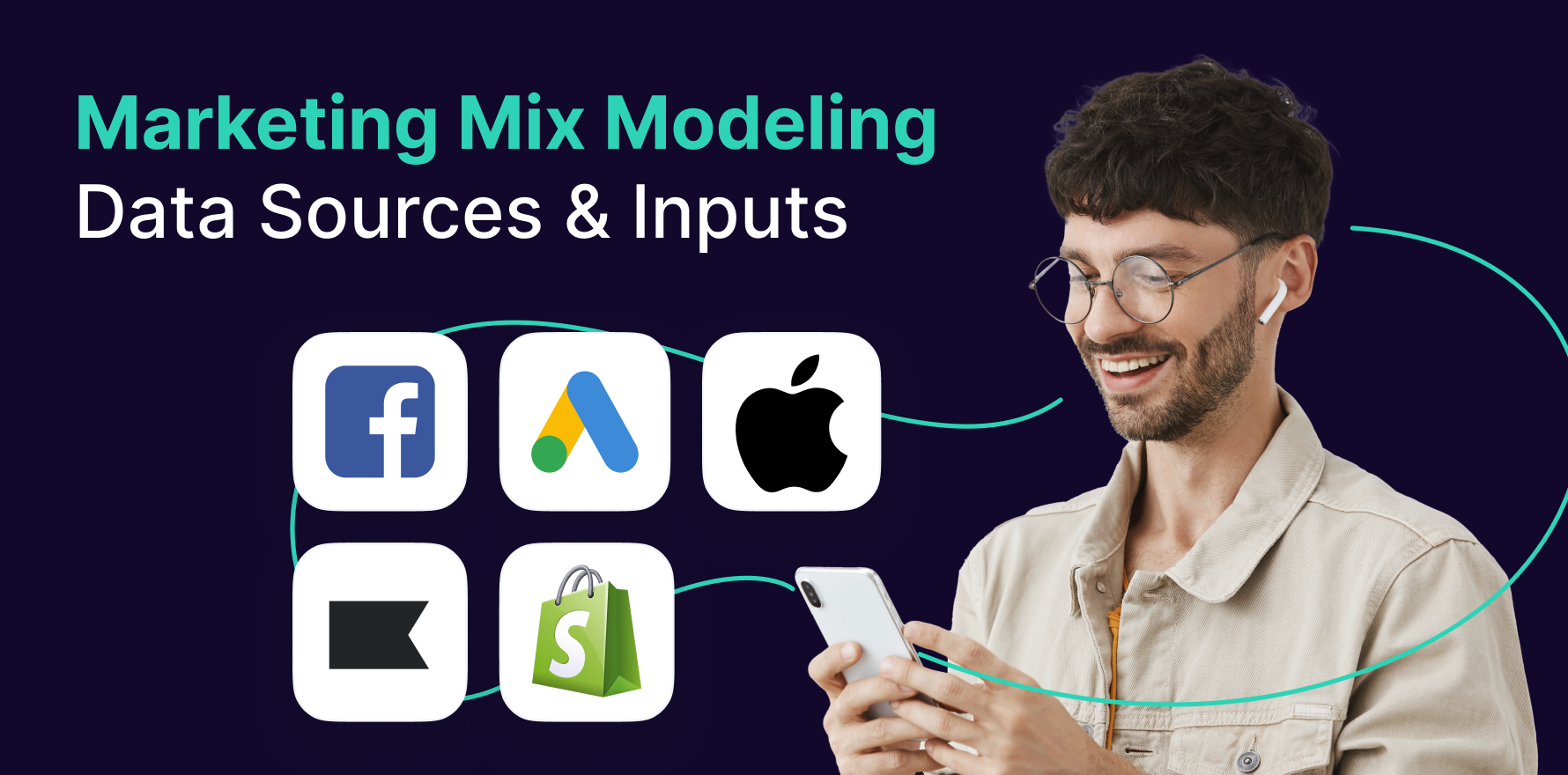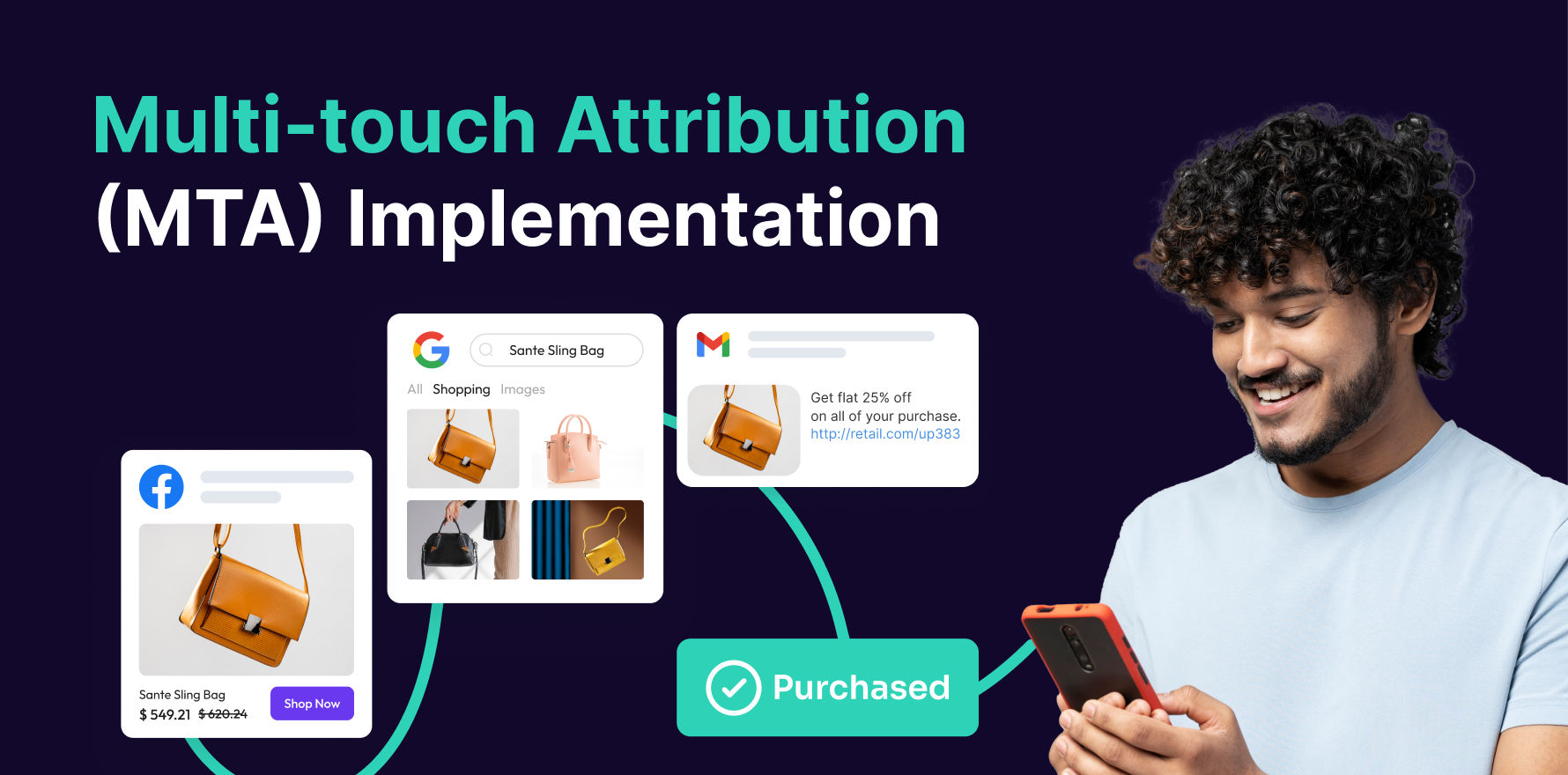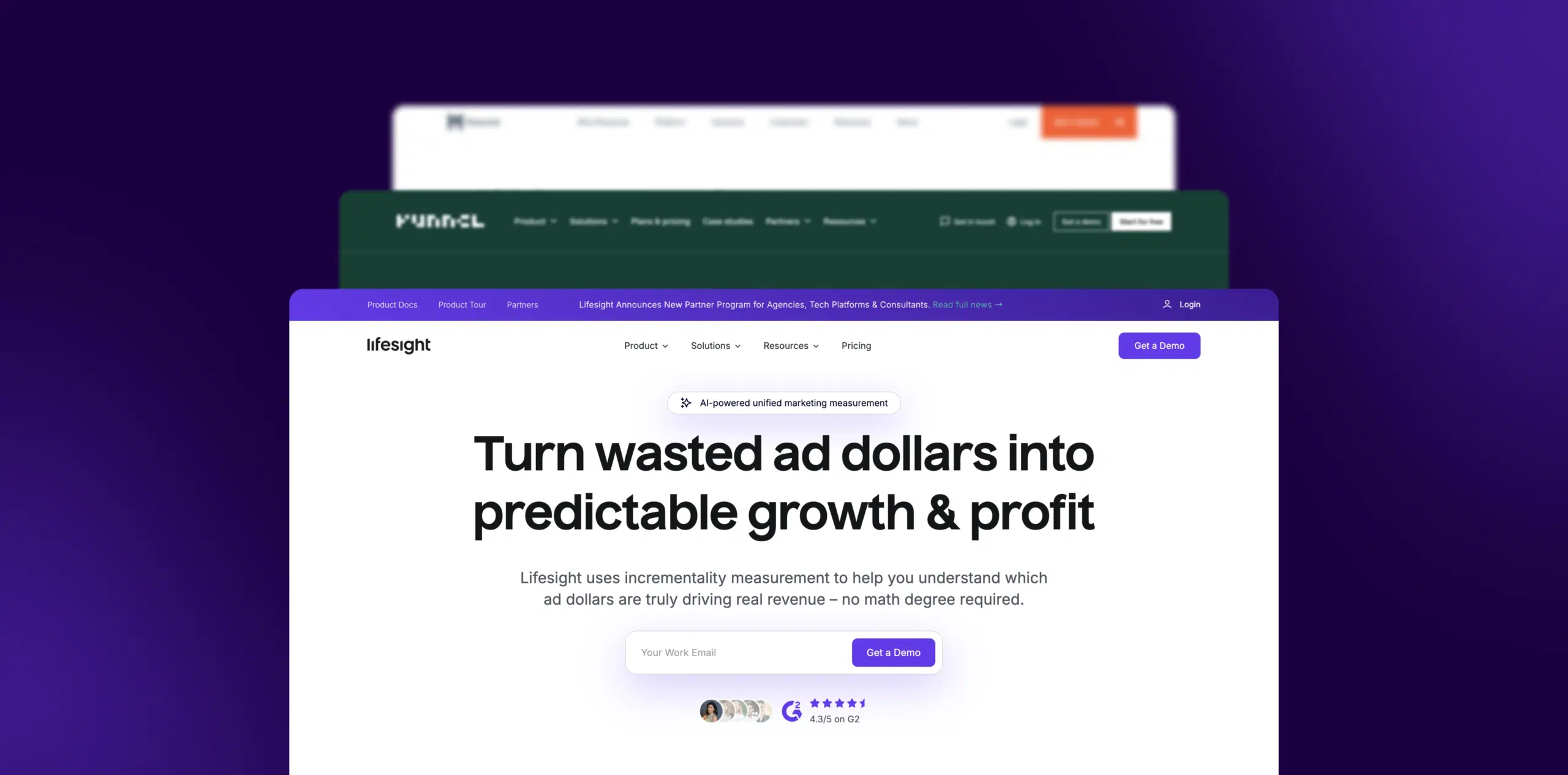What is Third Party Data?
Third Party Data refers to information collected and aggregated by external organizations, often data brokers or aggregators, and sold to other companies. This data is gathered from various sources, such as websites, social media platforms, and public records, and is used to enhance audience targeting, personalization, and market analysis.
Example
it involves acquiring data sets from third-party providers who have compiled extensive information on consumer behaviors, demographics, and interests. For example, a marketing firm might purchase Third Party Data to gain insights into a broader audience segment, allowing them to target ads more effectively.
Why is Third Party Data important?
Third Party Data is important because it provides access to a wide range of information that can help businesses understand and reach new audiences beyond their existing customer base. It allows for more comprehensive audience profiles, leading to improved targeting accuracy and broader market reach. However, the accuracy and relevance of Third Party Data can vary, and it may not always be as precise as first or second-party data.
Which factors impact Third Party Data?
Several factors can influence the effectiveness of Third Party Data, including the quality and source of the data, the methods used for data collection, and adherence to privacy regulations. Ensuring data accuracy and ethical usage is crucial for maintaining trust and compliance with laws like GDPR and CCPA.
How can Third Party Data be improved?
To improve the effectiveness of Third Party Data, businesses should carefully select reputable data providers, verify the accuracy and relevance of the data, and integrate it with their first and second-party data to enhance its value. Regularly updating and validating data sets and using advanced analytics tools can also improve targeting precision and campaign outcomes.
What is Third Party Data’s relationship with other metrics?
Third Party Data is closely related to metrics like Reach, Engagement Rate, and Return on Investment (ROI). While Reach measures the total number of people exposed to marketing efforts, Engagement Rate tracks how actively the audience interacts with the content, and ROI assesses the profitability of marketing investments.
Free essential resources for success
Discover more from Lifesight






















































